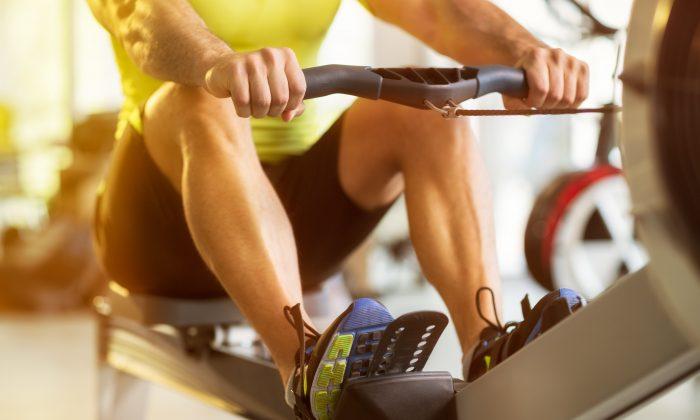Heavy weights versus light weights. To stretch, or not to stretch. Group fitness versus sweating solo. These fitness “debates” are all about personal preference. But when it comes to high-impact versus low-impact exercise, there might actually be a correct answer.
Yes, one form of cardio may fit your needs and your body better. So, are you geared toward high-impact or low-impact?
Low-Impact
What: With low-impact movements, at least one or both feet touch the ground at all times. This puts less force and stress on your body. But don’t confuse low-impact with the slower pace of low-intensity workouts! Have you ever been to an hour-long spin class? You'll be wishing it was low-intensity by the time you’re done.Who: People who are older, injured, have bad joints, or are pregnant benefit from low-impact activity. If you’re a fitness newbie, starting with low-impact cardio is a great way to dip your toes into exercise.
How: Elliptical, FlexStrider Variable-Stride Trainer, PowerMill Climber, cycling, walking, swimming, yoga and rowing.

With high-impact movements, both feet may be off the ground at the same time. Shutterstock
High-Impact
What: With high-impact movements, both feet may be off the ground at the same time. Examples are jumping, running, or switch kicks in a kickboxing class. Certain high-impact activities burn more calories than low-impact activities, but high-impact has a greater chance of injury.Who: If you have a strong fitness baseline, at low risk for joint problems, and not nursing an injury, give high-impact a try.
How: Running outdoors or on the treadmill, plyometrics, jumping rope, or dance-based classes with leaps and jumps.
Combo Cardio
At certain times, a combo of high-impact and low-impact workouts might be best for your body. For example, if you’re recovering from an injury, low-impact is the way to go. Or, maybe you’ve noticed that you can do two long runs a week, but the third makes your knees hurt. Instead of pushing your body past its limits, move indoors onto a FlexStrider or an elliptical cross-trainer. Or, maybe you’re relatively new to fitness but want to mix up your routine once a week for a new challenge. Sign up for a high-impact class like a cardio boot camp.Source: lifefitness.com/blog. Visit the Life Fitness blog for more health and fitness information.
*Image of “fitness class“ via Shutterstock



